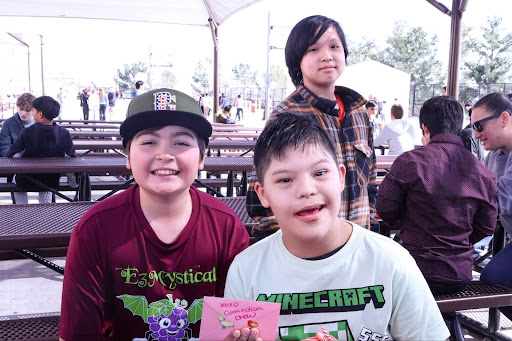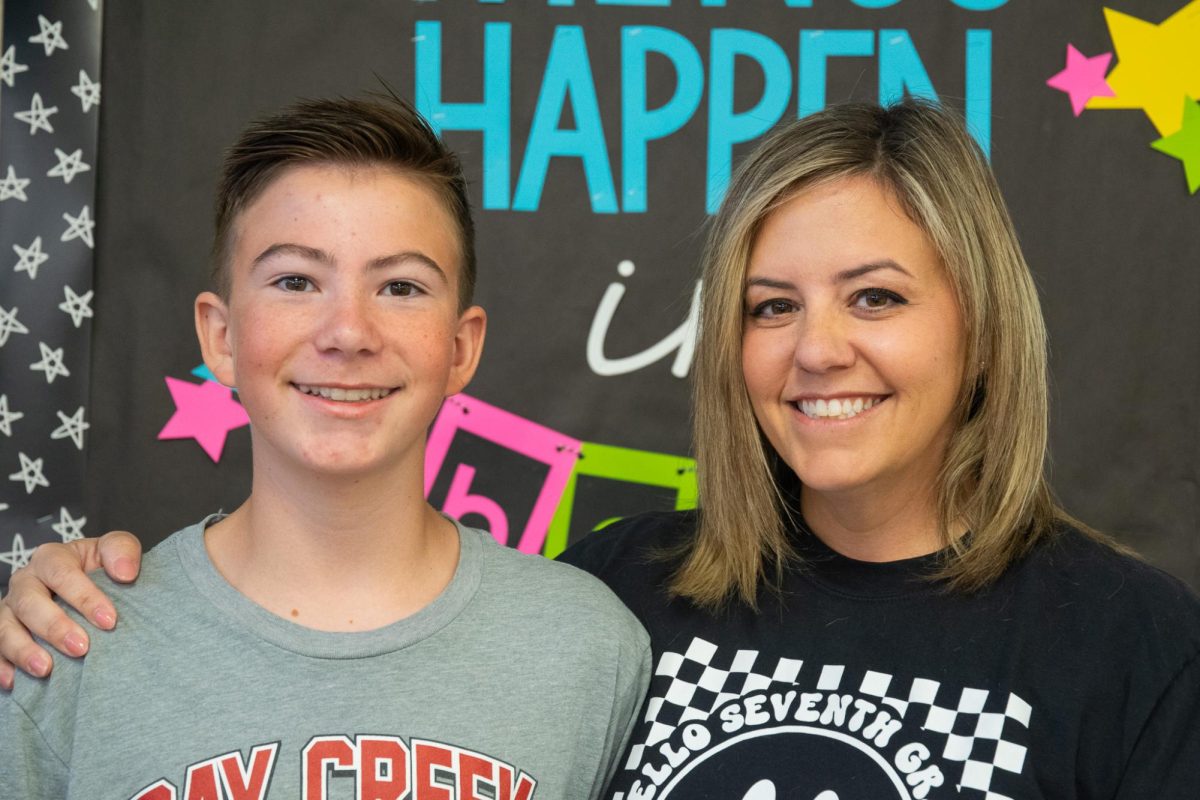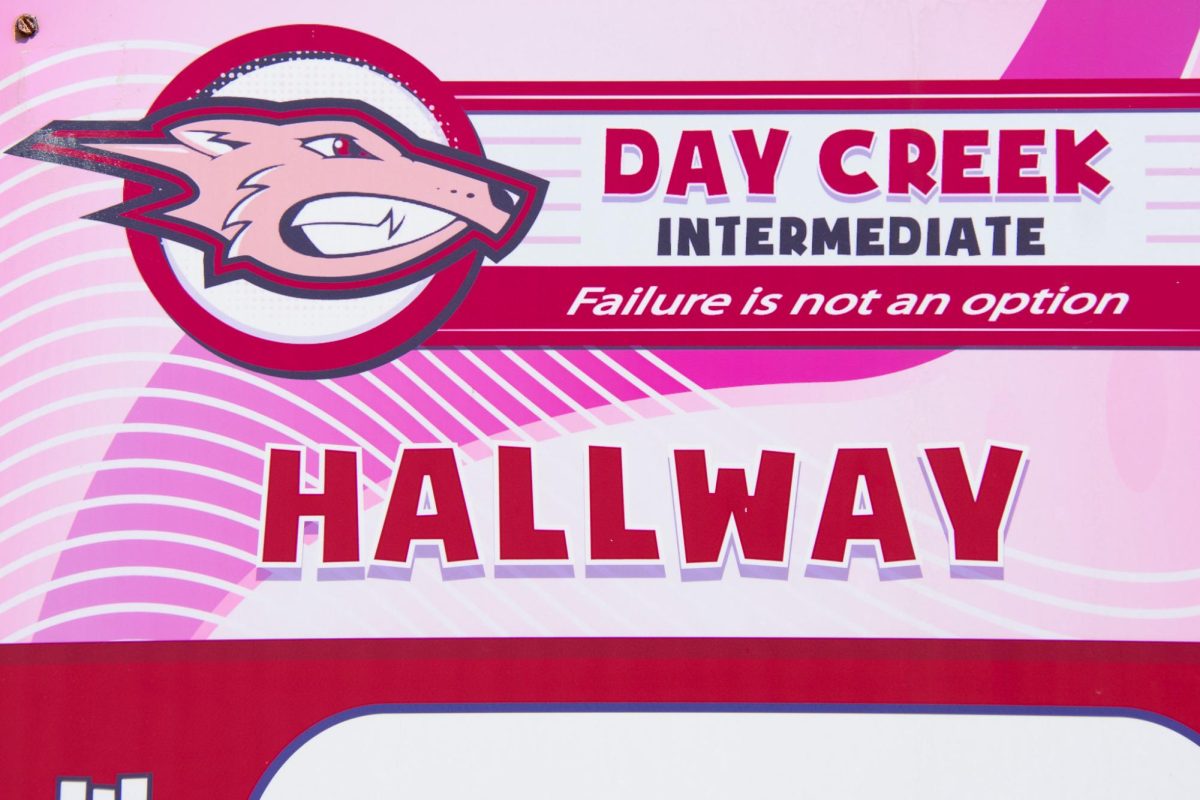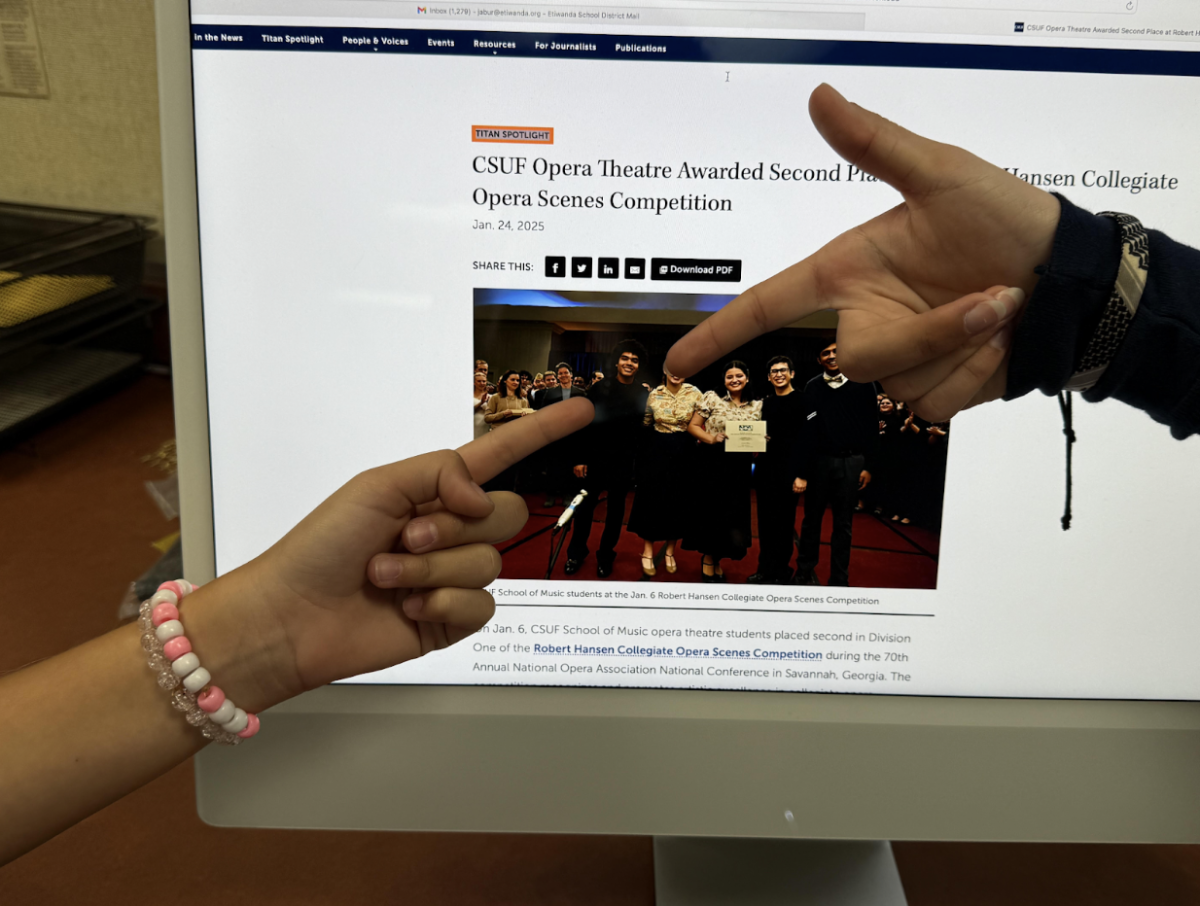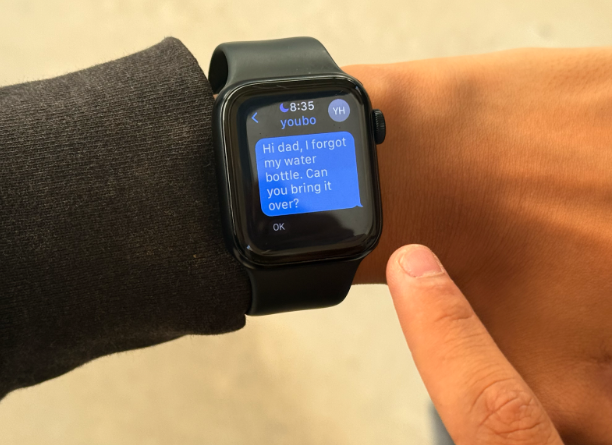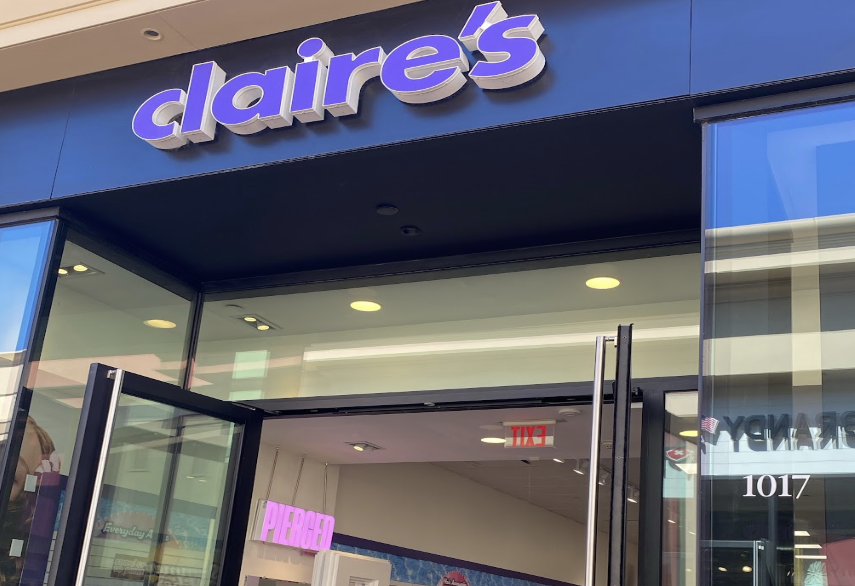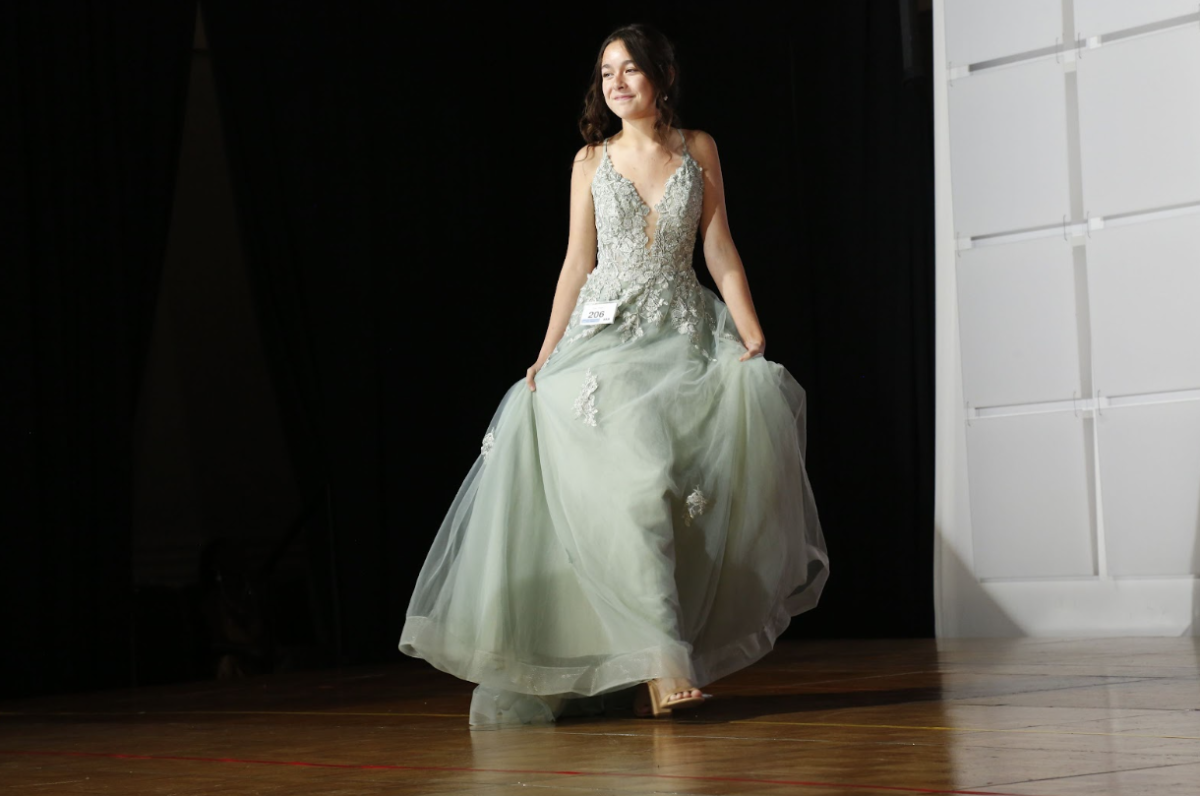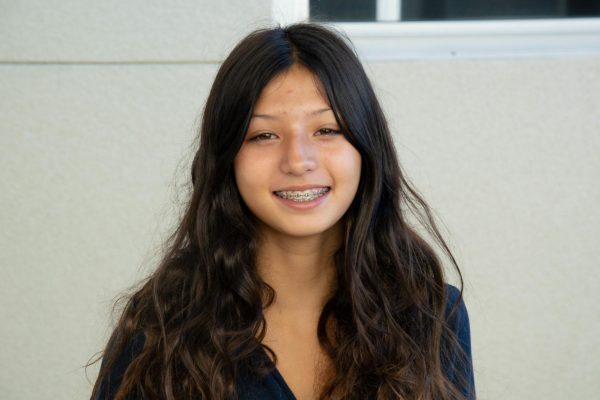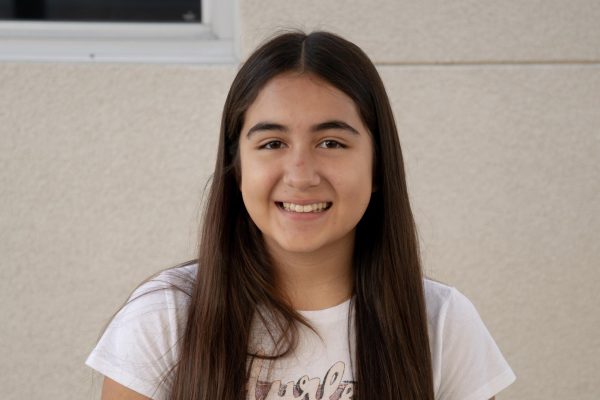Have you ever heard of Brown v. The Board of Education? This landmark decision by the US Supreme Court, labeled segregation in schools unconstitutional. Yet even after the ruling, non-white students still struggle to receive the same educational opportunities as their white peers.
Today, another concern is present at Day Creek Intermediate – the use of racial slurs among students.
A recent Howl survey revealed an alarming number of students hearing slurs on campus.
“People use [slurs] to bring other people down,” said 6th grader Brynley D. “I feel like people are unhappy with their own lives and they take it out on other people.”
This may be part of the reason people are using hurtful language to harm people. Or perhaps it’s misplaced humor.
“[People say slurs] to get a comeback,” said Anna M. “They say swear words to act more dominant.”
But sometimes that joking goes too far. What starts as a playful interaction turns into something damaging.
“People say something disrespectful without swear words. Then they say swear words to that person [to respond] to act more dominant and “win” the argument,” said Anna.
There is plenty of disagreement about where social acceptance for this comes from. Beyond a poorly placed sense of humor, who gets the blame?
“I think honestly it’s social media,” said Mrs. Vander Laan. “[Slurs may be] what they’re hearing from people that they follow, or maybe it’s an older sibling, or perhaps it could be music-based.”
Whatever the reason, it’s still wrong.
These slurs appear to start at a young age. Some students even reported hearing them before arriving on Day Creek’s campus.
“I did hear slurs in elementary school, but it wasn’t often said, so it was quite surprising when people would say slurs,” said 7th grader Angelina L. “I didn’t expect people to say things like that, so I was [shocked].”
If racial bias is presented at such a young age, the accelerating use of slurs at the middle school level only worsens the problem. Students should feel welcomed and safe on campus. Our school has a lot to work on, as nearly 75% of 6th graders reported hearing slurs.
“I hear slurs [and] curse words two or three times a day,” said Gia S.
This magnifies deeper social problems, which shouldn’t be the purpose of being a student at Day Creek.
“[Racial] slurs are common [at DCIS]. [I hear them] about seven times every day,” said Angelina.
If a student feels like their ethnicity is a stumbling block on campus, paying attention to a math lesson may take a backseat as they try to figure out how to protect themselves.
“I focus on the comment instead of my lesson because it is distracting,” said 7th grader Alessandra B. “If someone makes fun of you because of your race, it can affect how you feel or think about yourself and others instead of listening to the lesson.”
In contrast, if students choose to be sensitive with their words, they can learn without the distraction.
“It makes me disappointed that kids aren’t considering people’s feelings before they speak.” said Day Creek administrator, Mrs. Vander Laan.
Every morning, students are reminded to be safe, responsible, and respectful. Slurs defy these rules. Punishment varies from student to student based on intent and frequency.
“We use many different avenues for consequences. For example, some consequences require lunch detentions, some require after-school detention where you’re scraping gum and picking up trash. Some are suspensions. Some are going to be restorative conversations and presentations or writing an essay,” said Vander Laan.
According to Vander Laan, students often excuse their actions by saying that it’s just a “joke”. But students fail to consider how these “jokes” harm student learning and the environment of our school.
“When you hear something negative about you, whether it’s attributed to your characteristic or an attribute that you have, a physical attribute, or if it’s a racial slur, that’s distracting,” Vander Laan said. “That’s something I would think about rather than focusing on my lesson with my teacher, so that’s taking my education away.”
It’s not just affecting students.
“Personally, it affects me,” said Vander Laan. “It makes me sad for the kids who are receiving these comments.”
A positive learning environment can’t be achieved as long as racial slurs are accepted. And it can’t be defended with the “yeah, but we have free speech” either.
According to California education law, free speech has boundaries, including blasphemous or offensive language, whether it’s in writing or it’s spoken.
There is still hope for the future. We can grow by honoring each other on campus. It is important that we minimize negativity as much as possible. If students on campus see the positive in one another, we can have a much more welcoming student body and enjoy a better school environment together.



